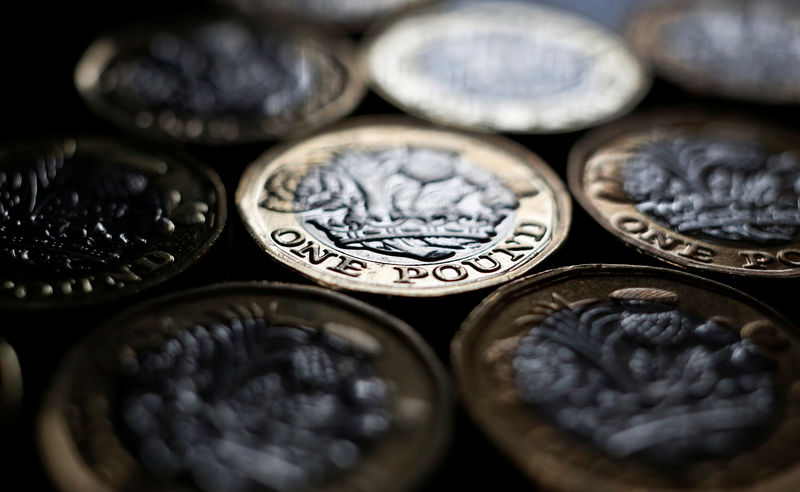PoundSterlingLIVE - Image © Adobe (NASDAQ:ADBE) Stock
According to one of the UK's biggest banks, the British Pound will continue to benefit from superior interest rates in the coming months.
In its year-ahead forecast docket, NatWest (LON:NWG) Markets says Pound Sterling looks like the "Carry King" of 2025.
"Sterling’s 'carry' position against other G10 currency looks set to stay at 20y highs," says Paul Robson, Head of G10 FX Strategy at NatWest.
Carry refers to a strategy whereby investors borrow capital in places where interest rates are low to invest in financial assets where interest rates are higher, which typically offers a profit in a low volatility environment.
The subsequent flow of funds to where interest rates are higher creates a demand for the beneficiary currency.
The Pound has been 2024's best-performing currency for much of 2024 as UK interest rates remain elevated compared to elsewhere, with the Bank of England saying it will cut interest rates with a sense of caution because inflation is expected to remain elevated.
"Sterling is set to maintain a favourable carry position through 2025 as the BoE stays a 'cautious cutter' while many other central banks remain 'enthusiastic easers'," says Robson.
"The outlook for 2025 appears similar in structure and is once again framed by relative growth, and the path and ultimate landing point of the BoE’s easing cycle relative to other major central banks," he adds.
The UK will continue to run a sizeable current account deficit, which means it must attract foreign inflows of capital if the Pound is to remain supported.
Robson says relative political stability in the UK can help in this regard.
NatWest forecasts the Pound to Dollar exchange rate to finish 2025 around 1.35, the Euro to Pound exchange rate will finish the year at 0.82. This gives a Pound to Euro conversion of 1.22.
But there are also potential downside risks to the Pound.
According to Robson, these include "a relatively weak expected growth performance in 2025 due to a continued de facto tightening of monetary policy."
He says this looks set to be an offset. "High government borrowing and the knock-on impact of the U.S. Presidential Election also present downside risks to a broadly positive outlook for the currency."
UK survey data meanwhile shows a marked deterioration in business confidence in the wake of the government's October budget, with businesses telling the PMI survey they are lowering headcount.
This is a view repeated by the CBI at its annual conference which got underway this week.
A poll of 266 business leaders by the CBI found almost two-thirds plan to slash hiring plans as a result of the Budget. Almost half said they will be forced to lay off staff, while 46% are looking to delay pay rises for their workforce.
There is a risk that the government's multi-billion pound job tax hike will cause a rise in unemployment and prompt the Bank of England to accelerate the pace at which it cuts interest rates as it steps in to support the economy.
A number of currency analysts we follow say this could weaken the Pound.
An original version of this article can be viewed at Pound Sterling Live
